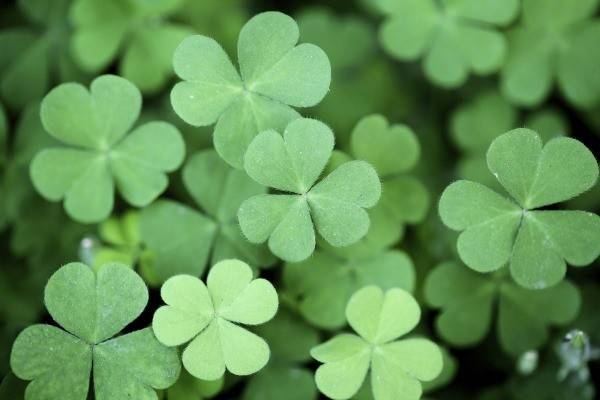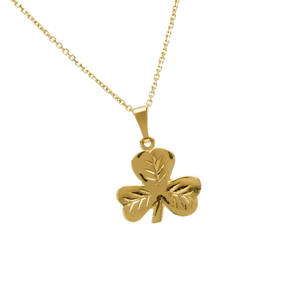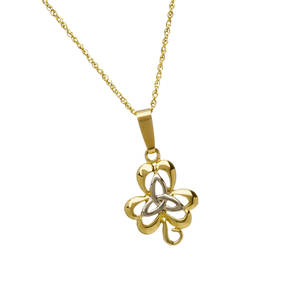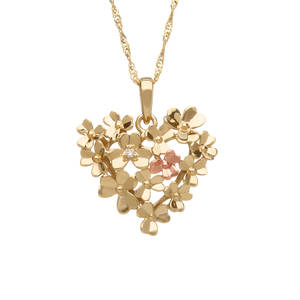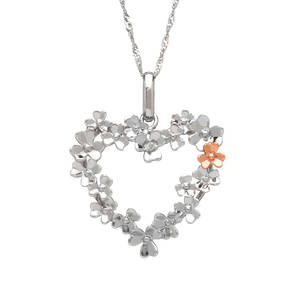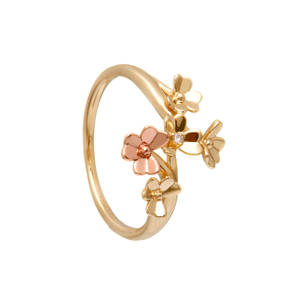The Irish Shamrock
The shamrock is an Irish symbol with three leaves. Legend has it Saint Patrick used it to teach the Irish about the Holy Trinity. Today, it's an emblem of Irish culture and associated with St. Patrick's Day. Get a shamrock-inspired item to add a touch of Irish charm to your life!
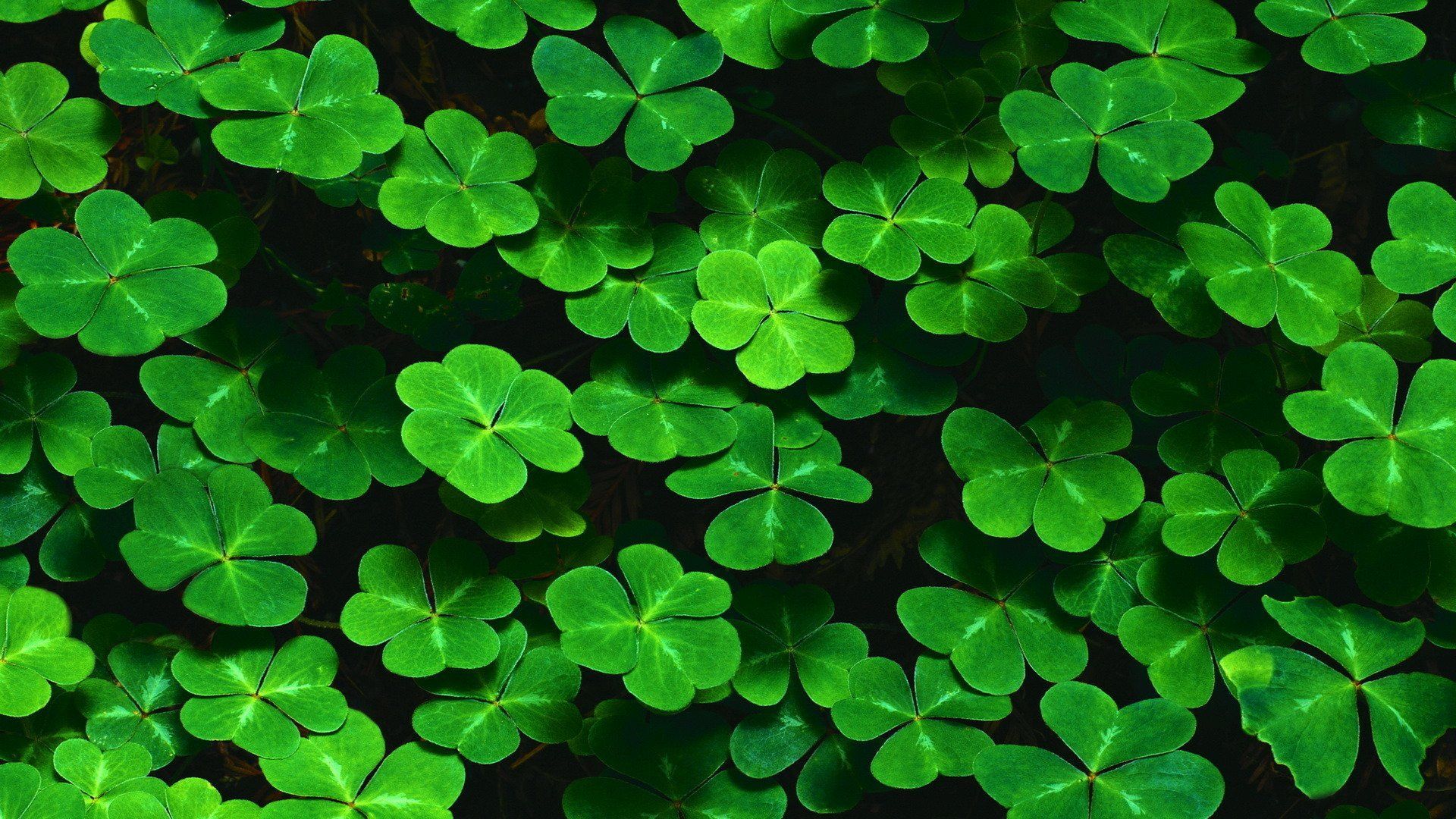
Introduction
When it comes to symbols of Ireland, one of the most recognizable and beloved is the shamrock. This small, three-leafed plant has been associated with Ireland and its people for centuries, and it has played an important role in everything from religion to politics to fashion. In this blog post, we'll explore the rich history and meaning behind the shamrock, from its association with St. Patrick to its use in modern-day celebrations.
St. Patrick
To truly understand the significance of the shamrock, we must first look at its connection to St. Patrick, the patron saint of Ireland. According to legend, St. Patrick used the shamrock as a way to explain the concept of the Holy Trinity to the Irish people. He showed them how the three leaves of the shamrock were separate and distinct, yet still part of the same whole, just as the Father, Son, and Holy Spirit are separate but still part of the same Godhead.
This connection to St. Patrick and the Holy Trinity has made the shamrock an important symbol of Irish Catholicism, and it is often used in religious ceremonies and artwork. In fact, many Irish churches and monasteries have incorporated the shamrock into their designs, such as the iconic stained glass windows in St. Patrick's Cathedral in Dublin.
St. Patrick's Day
Of course, the most well-known use of the shamrock is in the celebration of St. Patrick's Day, which falls on March 17th every year. This holiday has been celebrated in Ireland for centuries, but it wasn't until the 17th century that it began to be recognized in other parts of the world, particularly in the United States.
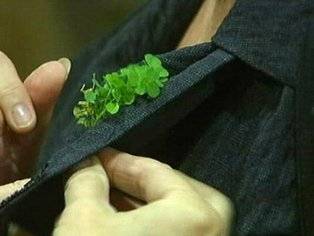
Shamrock is traditionally attached to the lapel
Today, St. Patrick's Day is celebrated around the globe, with parades, parties, and festivities in cities from New York to Tokyo. And of course, no St. Patrick's Day celebration would be complete without a nod to the shamrock, whether it's worn as a lapel pin or included in decorations.
A Global Celebration
But why has St. Patrick's Day become such a global phenomenon? Part of the reason is undoubtedly the Irish diaspora, which has spread Irish culture and traditions around the world. But another reason is the universality of the shamrock itself. As a symbol of unity and interconnectedness, it speaks to people of all cultures and backgrounds.
The shamrock has become a powerful symbol of Ireland itself, and its three leaves are often used to represent the three main parts of the island: Northern Ireland, the Republic of Ireland, and the province of Connacht. In this way, the shamrock has come to represent not just Irish Catholicism, but the entire Irish nation and its people.
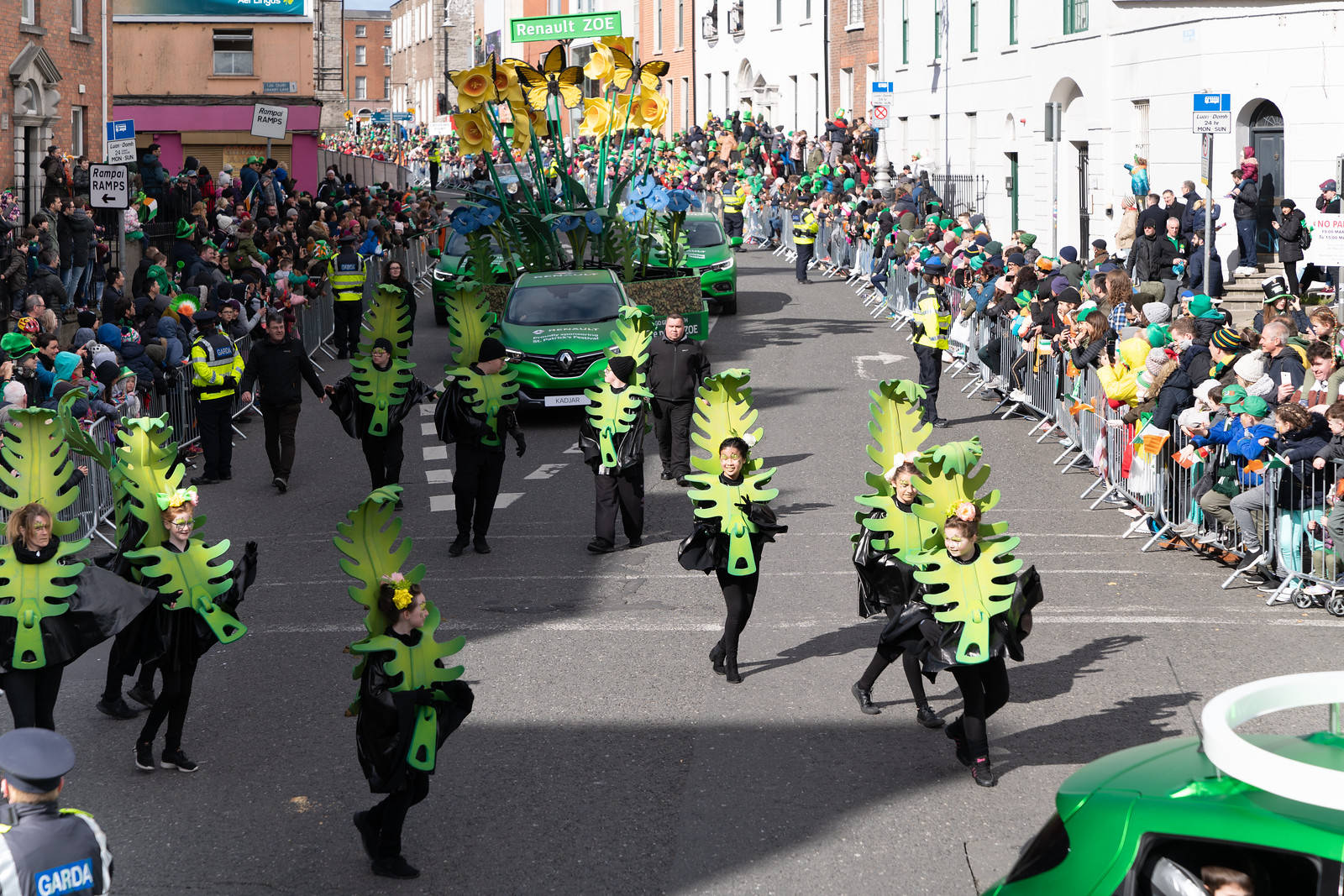
- Dublin
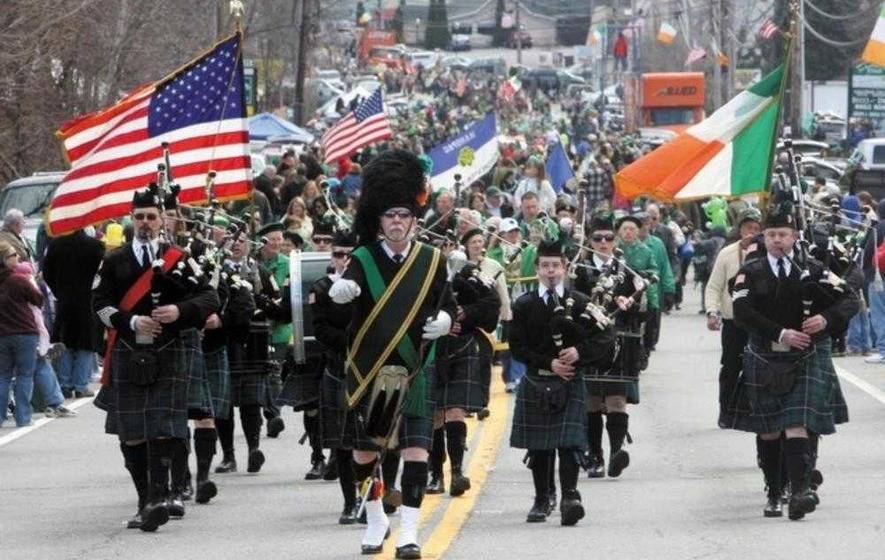
- New York

- Tokyo
A Presidential Tradition
One of the most interesting uses of the shamrock is in the annual presentation of the "Shamrock Bowl" by the Irish Taoiseach (Prime Minister) to the President of the United States. This tradition dates back to 1952, when Irish Ambassador to the United States John Joseph Hearne presented a small box of shamrocks to President Harry Truman.
Since then, the presentation of the Shamrock Bowl has become a beloved tradition, with the Taoiseach presenting the bowl to the President each year on St. Patrick's Day. The bowl itself is made of Waterford crystal and is engraved with shamrocks and the official seal of the President of Ireland.
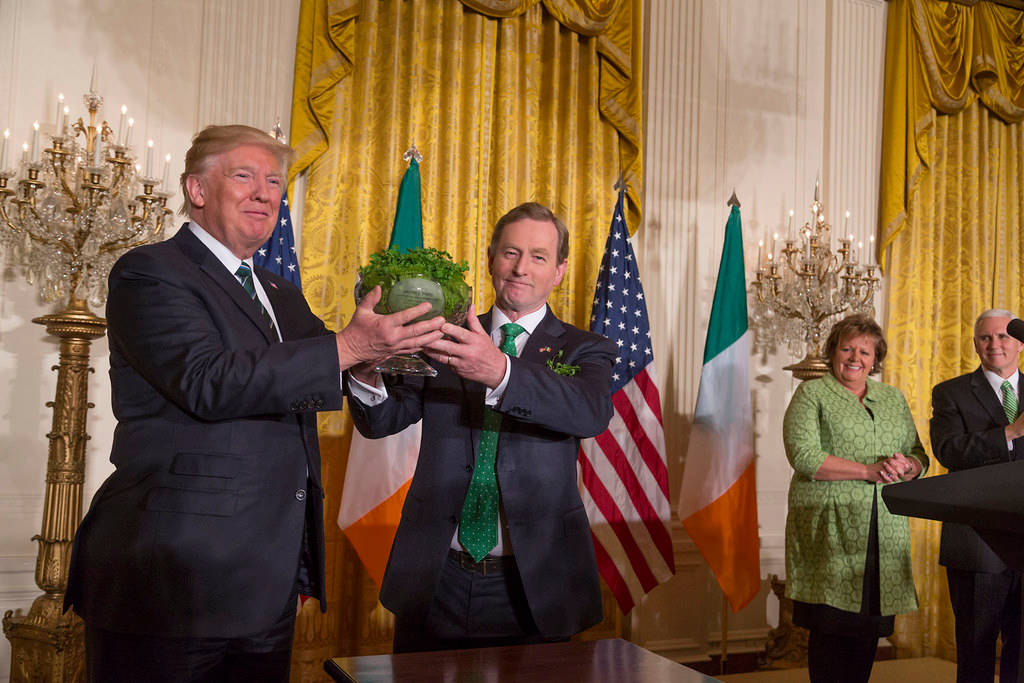
- Enda Kenny presents President Donald Trump with a bowl of shamrock
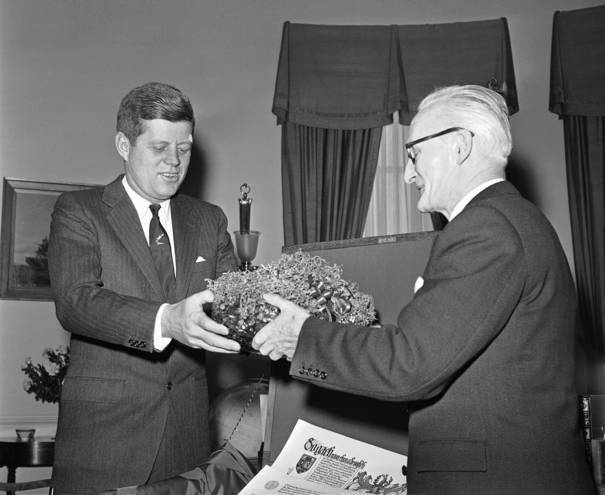
- President John F Kennedy receives a bowl of shamrock
Botanical Species
But what exactly is the shamrock, botanically speaking? While there are several plants that are commonly referred to as "shamrocks," the most popular is the white clover (Trifolium repens). This small, low-growing plant is found throughout Ireland and other parts of the world, and its leaves are typically composed of three leaflets, although they can sometimes have four or more.
While the white clover is the most commonly recognized shamrock, there are other species of clover that can also be considered shamrocks. These include the lesser trefoil (Trifolium dubium) and the wood sorrel (Oxalis acetosella). Each of these plants has its own unique history and associations, but they all share the iconic three-leafed structure that has made the shamrock so recognizable.
In Irish Celtic Jewellery
In addition to its use in religion, politics, and celebrations, the shamrock has also become a popular motif in Irish Celtic jewelry. From rings and earrings to pendants and bracelets, shamrocks can be found in a wide variety of designs and materials, including silver, gold, and precious gemstones.
In Irish folklore, wearing a shamrock is said to bring good luck and protect the wearer from harm. And of course, it's also a stylish way to show off your Irish heritage or celebrate your love for all things Irish.
Here are some shamrock-inspired pieces of jewellery from our collection:
House of Lor silver and gold shamrock earrings
10 carat yellow gold shamrock pendant
10ct yellow & white gold trinity knot/shamrock pendant
Silver and rose gold love diamond set shamrock pendant
Diamond set 9ct white gold shamrock open heart pendant
Diamond set 9ct yellow gold love shamrock spray ring
Conclusion
In conclusion, the shamrock is a symbol that is deeply ingrained in Irish culture and history. From its association with St. Patrick and the Holy Trinity to its use in modern-day celebrations and jewelry, it has played an important role in the identity of the Irish people.
But the shamrock is more than just a symbol of Ireland. It is a symbol of unity and interconnectedness, of the idea that even separate parts can come together to form a greater whole. In a world that often feels divided and fragmented, the shamrock is a reminder of the power of unity and the importance of celebrating our common bonds.
So whether you're Irish or not, let the shamrock inspire you to connect with others and celebrate the diversity that makes our world so rich and vibrant. And on St. Patrick's Day, don't forget to wear your shamrock proudly and join in the global celebration of all things Irish.
